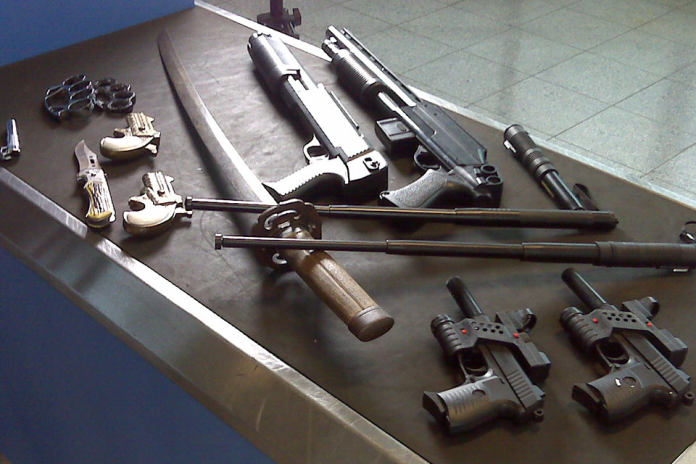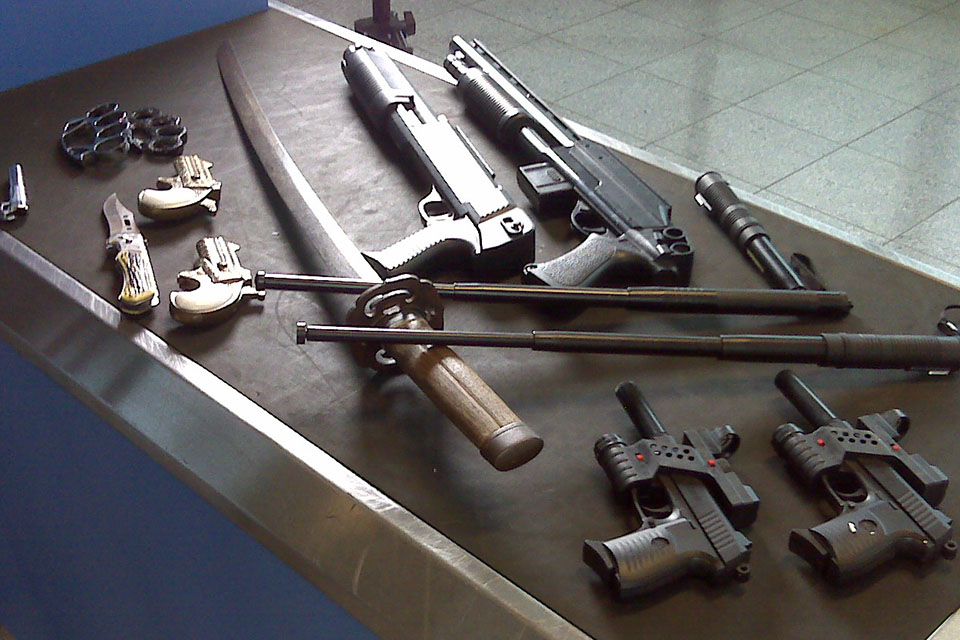
What differentiates a great combat force from the others is not valor or training nor the gear they carry to combat. For the American Army Rangers, their small arms are not just equipment they are a manifestation of doctrine, heritage, and combat mind. From the humid jungles of Vietnam to dust and urban mayhem of contemporary battlefields, every rifle and machine gun in the Ranger arsenal has a history of adaptation and accuracy.
Over the decades, the Rangers’ inventory has grown in line with changing threats, technological advancements, and battlefield lessons learned in blood. What has resulted is a group of firearms and support weapons that combine tradition with innovative modernity. This collection considers eight of the most relied upon and representative weapons included in Ranger history each selected due to its contribution to setting how these fighters fight, survive, and win.
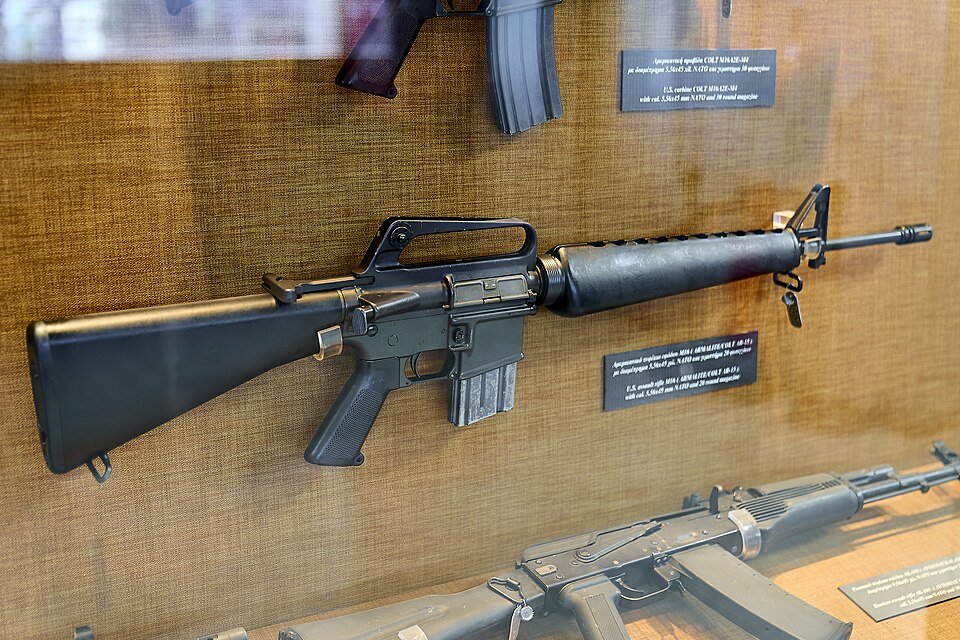
1. M16 Rifle – From Vietnam Jungles to the New Doctrine
Fielded for the first time during the 1960s, the M16 was a breakthrough away from the heavy M14. Chambering for a 5.56x45mm NATO cartridge, it enabled Rangers to carry more rounds with reduced recoil, thereby enhancing the ability to conduct sustained fire. Its lightness and controllable full-automatic fire were a natural marriage for the close combat and ambush-dominant warfare of Vietnam.
M16 legacy continues in its descendants such as the M4A1 carbine, which remains a Ranger staple. The legacy represents the Army’s gradual shift towards lighter, higher capacity rifles for mobility without sacrificing accuracy.
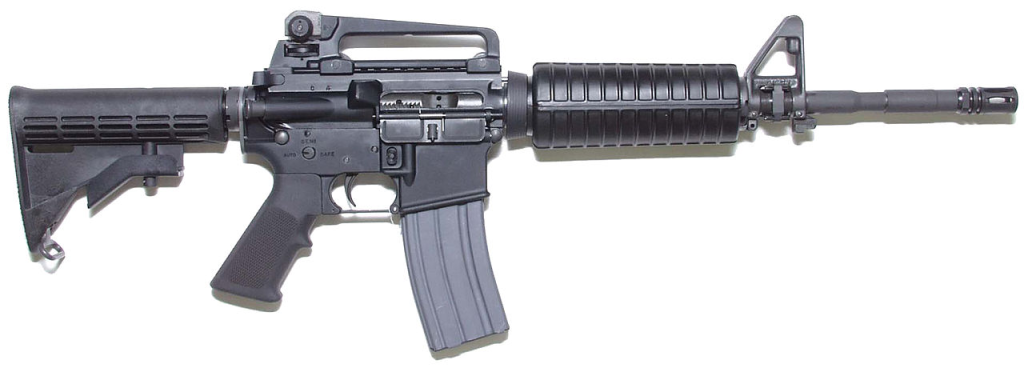
2. M4A1 Carbine – Workhorse of Today’s Ranger
Light, small, and combat-tested, the M4A1 is the natural offshoot of the M16 platform. Its gas-operated, bolt-locking mechanism and ability to accept optics, laser, and under-barrel grenade launchers make it versatile to a wide range of missions. Rangers prefer its range and maneuverability balance, especially in airborne or urban combat.
But concerns over the 5.56mm cartridge’s lethality against modern body armor have driven efforts to find replacements, such as the 6.8mm-chambered XM7 rifle now being tested by Ranger units.
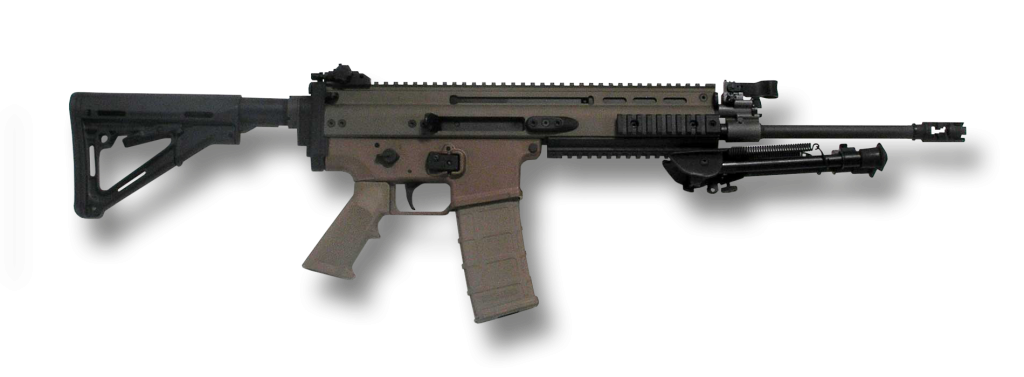
3. FN SCAR – Modularity for Special Operations
The Fabrique Nationale SCAR, Mk 16 (5.56mm) and Mk 17 (7.62mm), was chosen by the U.S. Special Operations Command based on reliability and modularity. The firearm is built to endure harsh environments and can be readily replaced by barrels and calibers, which allows Rangers maximum flexibility for operations from close protection to extreme ranges of operations.
Its rugged construction and versatility have also earned it acceptance in missions where weapon reliability makes the difference between success or failure.

4. Barrett M107 – Anti-Materiel Power
The Barrett M107 .50 BMG semi-automatic sniper rifle provides Rangers with the capability to kill or neutralize vehicles, burst through obstacles, and destroy threats out to ranges of 1,850 meters. Its recoil-operated cycle and 10-round magazine enable extended, precise fire against personnel and equipment.
Although the U.S. Special Operations Command is now looking for an Extreme Long Range-Sniper Rifle to cover a longer distance than the M107, this Barrett remains a representation of long-range supremacy in the Rangers’ inventory.

5. McMillan TAC-338 – Extended Precision
Chambered in .338 Lapua Magnum or .338 Norma Magnum, the McMillan TAC-338 bolt-action rifle provides Rangers with the capability to engage high-priority targets at over 1,600 meters with precision-surgical fire. Its compact size ensures it can be moved around without sacrificing stability or accuracy.
For today’s great-power competition world, rifles like these need to disenable threats with cutting-edge sniper technology, providing Rangers with increased overmatch in precision fire fights.
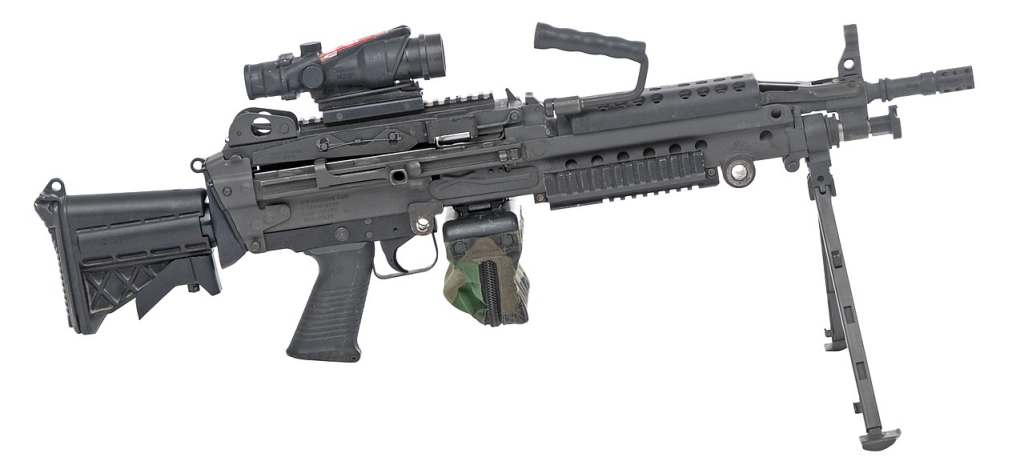
6. M249 SAW – Squad-Level Fire Superiority
The 1984 M249 Squad Automatic Weapon introduced belt-fed firepower to the squad level for the infantry squad in a compatible configuration with the M16/M4 ammunition. Open-bolt, gas-operated with high rate-of-fire up to 800 meters, it allows Rangers to effectively suppress enemy positions.
But as the battlefield needs change, the lighter XM250, which fires a more lethal 6.8mm round, is being field-tested to take the SAW’s place, with greater range and penetration against hard targets.
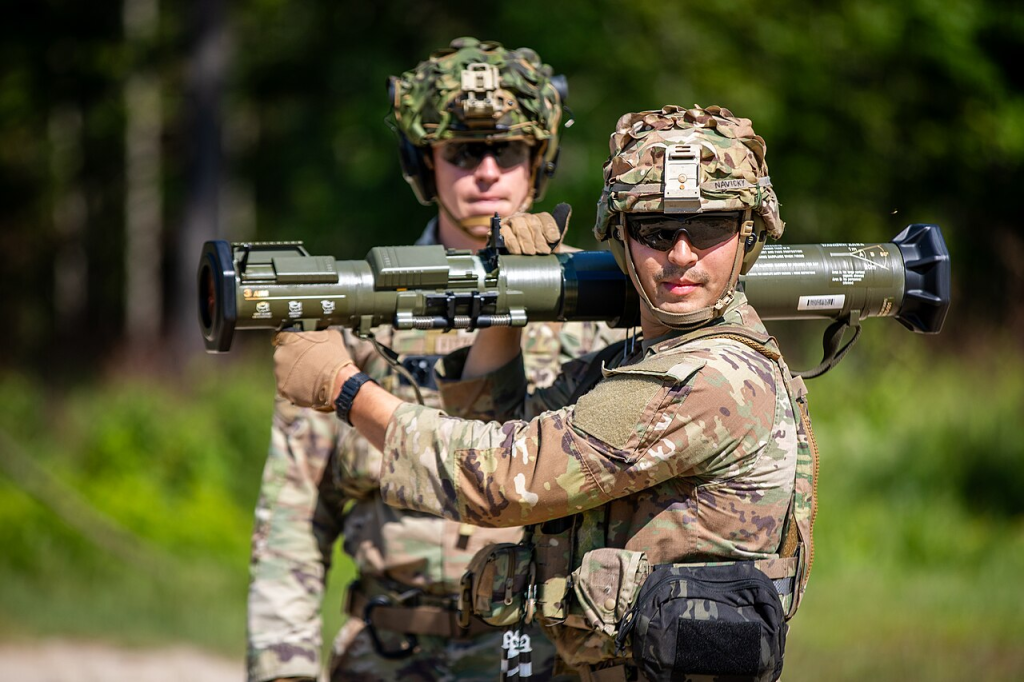
7. M136 AT4 – Tactical Anti-Armour Solution
The M136 AT4 is a one-shot, disposable 84mm recoilless rifle designed to destroy light armor and bunkered targets. It weighs less than 15 pounds and can be carried by all Rangers without an impact on mobility.
Its reliability and light weight have made it a ubiquitous feature in operations spanning the Middle East to the urban areas of Eastern Europe where there is a greater need to quickly destroy armored targets.
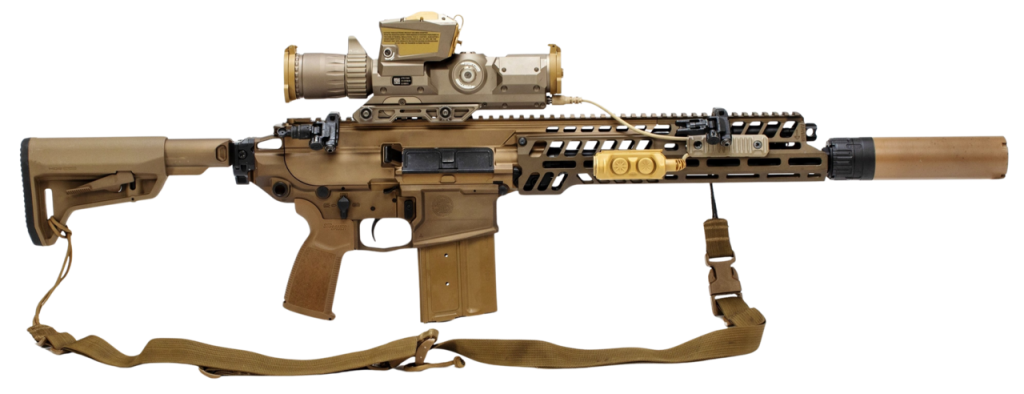
8. XM7 Rifle – Next Generation
Now in limited-user testing, the XM7 is the Army’s quantum leap in small arms. Chambered in an intermediate 6.8mm, it was designed to integrate with the XM157 fire control optic a system that features ballistic computers, laser rangefinder, and environmental sensors. PEO Soldier attributes this package as offering “dramatically improved hard target performance” and offering effective range over the M4A1.
For the Rangers, the XM7 would revolutionize rifle warfare, converting traditional cover into mere concealment and equipping teams with the wherewithal to command from ranges hitherto held in dominance by accuracy marksmen.
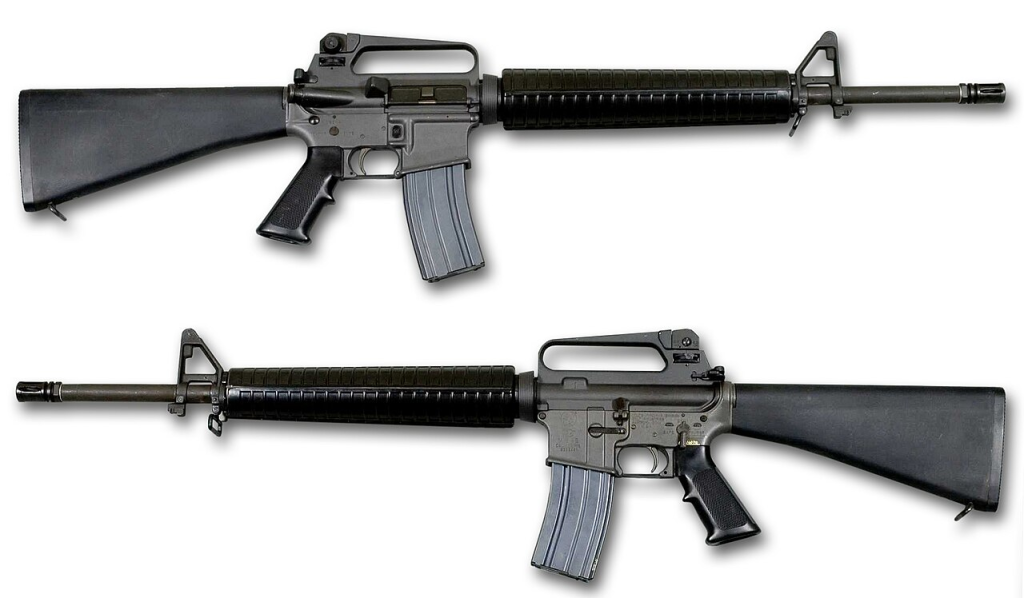
The Army Rangers’ arsenal is a developing history of combat brilliance, honed in the trenches of previous war and the demands of future combat. Each weapon, from the rugged M16 to the latest XM7, is a combination of firepower, mobility, and versatility. As threats continue to grow, so will Ranger-held weaponry keeping it on the cutting edge of accuracy and killing power within any combat theater.
